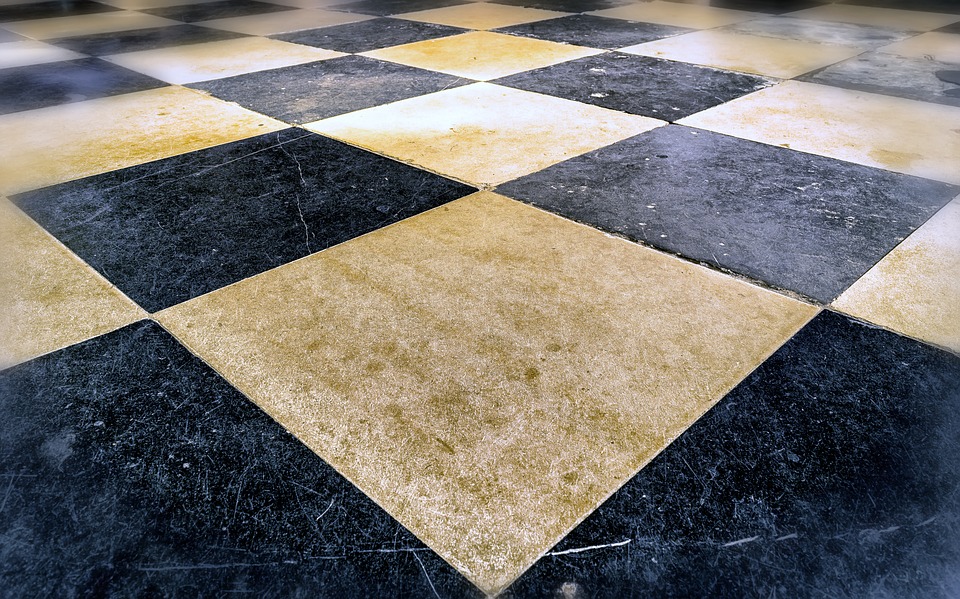What Does Asbestos Look Like and Where Can It Be Found?
21st December 2016Although much has been said about how dangerous the presence of asbestos can be, many people remain unaware of how asbestos manifests in the home or throughout a commercial/industrial building.
In this article, we’re highlighting what asbestos looks like, and where it might be commonly located, as well as why it might have been used during construction.
What does asbestos look like?
Put simply, asbestos can be incredibly difficult to identify without the use of a microscope and a dedicated asbestos survey. There are six different kinds of asbestos, and natural asbestos fibres can often have a strong fur-like appearance, with fibres tightly bound together in some forms, while other forms may look fuzzier, with fibres more loosely arranged.
Asbestos fibres themselves are microscopically thin, and depending on the type of asbestos, the colour can range from white, to brown, to blue.
The difficulty of identifying asbestos
While pure asbestos might be relatively unique in appearance, the asbestos used during construction for much of the 20th century is next to impossible to identify purely by observation. This is because the asbestos in our homes or offices, once implemented as part of construction, is contained in other materials.
These asbestos containing materials are often innocuous, resembling standard building work that wouldn’t normally raise any kind of concerns. This can make it difficult to identify the presence of asbestos in the first place, let alone being able to pinpoint it.
Asbestos can still be found in many different buildings today, being potentially present in buildings constructed before the year 2000. Identifying asbestos requires a professional asbestos survey, where samples of the suspected asbestos-containing material are inspected under microscope in a laboratory.
Common areas asbestos may be found are in things such as ceiling tiles, insulation, floor tiles, lofts, and roof work. As you can imagine, simply looking at the ceiling tiles of your home won’t make you any the wiser to the presence of asbestos, and unless materials were clearly labelled at the time of construction – a rare practice – an asbestos survey is critical.
Common asbestos locations
Asbestos was widely used for a number of applications due to the properties of the asbestos fibres. They are heat resistant and strong, making them useful for insulation as well as sound and fire proofing, and more. The following are some of the places around the home where you might commonly find asbestos:
- Ceiling tiles: Asbestos was frequently used in ceiling tiles as a means of fireproofing and insulation. You won’t be able to tell if your ceiling tiles contain asbestos or not just by looking, but you may be able to narrow it down if you know when they were made and which manufacturer they came from. In any case, older drop ceilings should be approached with caution if you’re planning a renovation, so having your ceiling tiles inspected is recommended.
- Corrugated roofing: Asbestos roofs are typically found on older garages. Asbestos cement roofs are strong and durable, but are a dangerous hazard if broken up and the immense amount of fibres are released. It’s easy to tell if a corrugated garage roof was made with asbestos cement or other, safer, materials such as reinforced plastic or sheet metal. If our garage roof is corrugated concrete, then there’s a very high chance of it containing asbestos, so if you’re planning any structural work in your garage, you should have it inspected and safely disposed of beforehand.
- Flooring: Vinyl floor tiles and vinyl sheet flooring were hugely popular from the 1950s onwards, and asbestos was commonly used in its construction. Unlike some other asbestos-containing materials, vinyl flooring is a lower risk, as the fibres are much more securely housed by other construction materials. However, older vinyl flooring should be handled with caution, with professional removal recommended if you’re looking to replace your flooring with something more modern.
- Loft and insulation: Possibly the most common use of asbestos was for insulation in walls and attic spaces. Asbestos in this form is usually easier to identify,especially if it’s loose fill asbestos, as it will resemble a thick, soft and clumped material. In lofts, you might find asbestos insulation between and over joists, over pipes, in wall cavities and under floorboards. Loose fill asbestos is particularly dangerous, with no containing materials to house the loose fibres. If you suspect this kind of asbestos was used to insulate your home, call in the professionals immediately to have them inspect, remove and dispose of the materials safely.
Asbestos Waste Solutions provide reliable, safe and efficient disposal of asbestos and asbestos–containing materials for domestic and commercial customers throughout the UK. Our highly trained and qualified team handle and transport all asbestos with absolute care, offering alternative disposal options using our transfer station. To arrange for asbestos testing or disposal in your home or business, don’t hesitate to get in touch with our friendly team today.
This entry was posted in Asbestos Disposal, Asbestos in the Home, Asbestos Removal. Bookmark the permalink.


 Follow
Follow